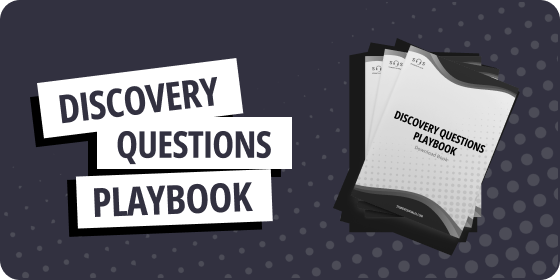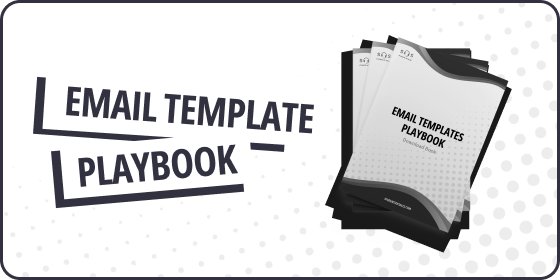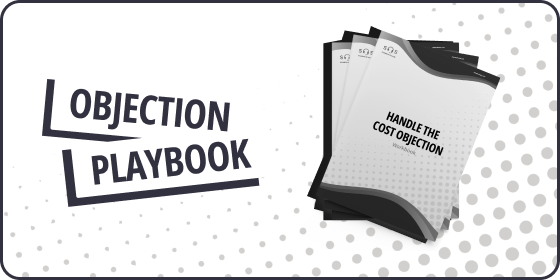How to Build a Lead List

The recipe for making your way to World Class Sales Professional status has many ingredients. Grit, a growth mindset, soft skills, sales skills, a solid tech stack, product-market fit, etc., etc. All those ingredients are for not without knowing who to target and how to get in touch with them. Today’s lesson will cover what to look for and use as a criteria for building a million-dollar lead list.
What is a Lead List? A Lead List is a compilation of the people and businesses that resemble your ideal customer and have a high propensity to need or desire your product, service, or solution. Drilling down into characteristics of your key prospect indicators rather than blindly smiling and dialing will lead to more meaningful conversations with interested prospects that possess problems you can solve and ultimately more sales. Let’s dive into the Ideal Customer Prospect Indicators and break down the data you need for building a Presidents Club list.
Suggested List-Building Tools:
Today there are all sorts of tools to source your contact data from. Here are but a few.
- ZoomInfo
- Apollo
- Sales.ai
- Rocket Reach
- LinkedIn Sales Navigator
I have used or demoed each tool and each one has its pros and cons. My recommendation is to pair one of the contact data tools with LinkedIn Sales Navigator for the most optimal list-building experience. If your organization simply purchases data in bulk and you have to start your list building with what they provide you can still use these tips to “scrub” your data to organize and prioritize the best leads.
Company Details
Industry:
A good place to start building out your lead list is by identifying the industries and verticals that your current, top-performing, most satisfied, and ideal customers reside in. Use industry and verticals to target the types of businesses that have the greatest demand for what you sell and solve for.
Headcount & Company Revenue:
Depending on whether your product is best fit for SMB, Mid-Market, or Enterprise sorting your data by the employee count and or annual revenue segment(s) your ideal customers fall into will help further niche down your lead list.
Business Type and Model:
Are your ICPs B2B or B2C companies themselves? Are they public, private, or nonprofit organizations?
Funding:
Do companies that have recently received angel, private equity, or Series A, B, or C funding meet your ICP? Many of today’s contact data providers have the capability to sort by funding dates, funding amounts, and funding round type. Use funding data to time your outreach perfectly.
Location/Territory:
Where are your ideal customers located and what is your territory? Whether local, regional, or international narrowing your list down geographically will further optimize your list and protect you from crossing locale boundaries.
Contact Details:
Once your list is narrowed down to the most likely and ideal businesses that need, want, and are willing to pay for what you do you can start to pinpoint the right people within the company to finalize your list.
Management Level:
There is strength in numbers, so the more decision-makers, influencers, and champions you target within a company the better your odds are of making a connection, having a conversation, and getting a meeting with someone involved in the decision-making process.
People with C-Level, VP Level, and Director roles are your best bet. Pick out contacts that are above and closest to the decision-making Power Line.
Department & Job Function:
Does your solution solve sales, marketing, IT, or HR problems?
Identifying the decision makers, influencers, and champions within the departments that are directly impacted by the problems your product solves is a way to further create a quality lead list.
Contact Details:
If a man can’t see, he can’t fight! – Karate Kid
If a sales pro can’t reach a prospect, he can’t sell!
Since the transition to remote and work-from-home environments, your prospects are more difficult if not impossible to reach on the company’s main line. One of the greatest attributes of today’s contact data providers like ZoomInfo is their ability to give us the best phone numbers and email addresses money can buy.
Mobile phone number is the absolute best piece of contact data you can have in your possession as it is the easiest way to get a conversation started and hopefully a meeting booked in.
Direct Dial numbers are almost as valuable as having a cell number as many of them today roll over to the person’s cell phone anyway and allow you to bypass gatekeepers like the office receptionist and Executive Assistants.
Email addresses are most useful as a counter-contact attempt to your phone call efforts.
Use the below template to create the ideal prospect lead list.
List Building Tools: __________
Industries: ___________
Headcount & Company Revenue: ________
Business Type and Model: __________
Funding: ___________
Geography: _____________
Management Level:____________
Department & Job Function: ___________




























